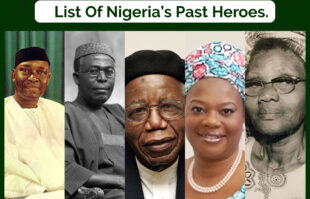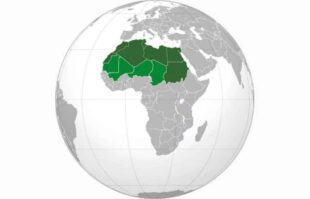The Osun festival often referred to as the Osun-Osogbo Festival, is celebrated in the final week of August, toward the end of the rainy season. It is a Yoruba traditional tribal festival held in honour of the river deity Oshun. Thousands of people show up to see the rites when priests offer gifts and sacrifices in an effort to gain the villagers’ protection for the coming year. Yoruba pilgrims from all across Nigeria attend the celebration at the Osogbo Sacred Forest, where they offer sacrifices and prayers to the goddess Osun.
The history of the Osun festival dates back more than 700 years when a group of settlers headed by the legendary hunter Olutimehin lived on the riverbank to escape a famine in their original home. Olutimehin is supposed to have seen the water goddess Osun, who urged him and his company to relocate to a higher location, which is now the site of Osogbo town.
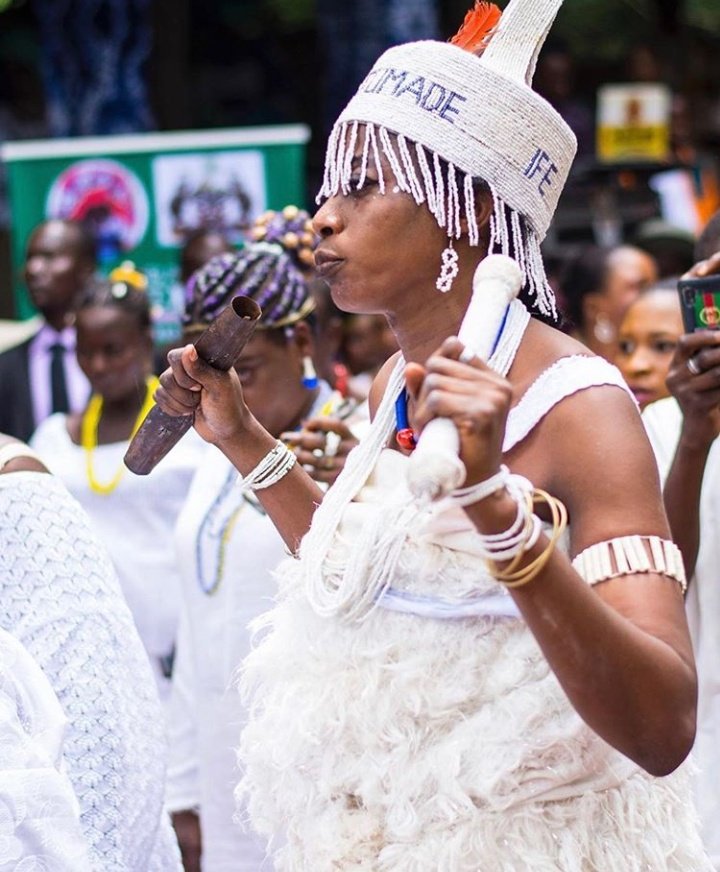
What else do you know about the Osun Osogbo festival, which is a Yoruba cultural celebration observed yearly in Osun State, Nigeria? Aside from that, here are some things about the Osun Osogbo celebration that you should know right now:
1. Evolution of the Osun-Osogbo Festival
The annual sacrifice made in honour of the river deity, who protects the tribe, is said to have given rise to the celebration. According to folklore, the modern Osogbo community was established some seven centuries ago. The river goddess offered her protection and vowed to reward their women with procreation in exchange for their making an annual sacrifice to her. According to tradition, the agreement was signed, and the sacrifices and rites started to take place over 700 years ago.

2. The Susanne Wenger Effect
The Osun-Osogbo festival has developed into a renowned international celebration that continues to draw new attendees each year, moving beyond only being a cultural celebration for the Yoruba people of Osogbo. Without addressing Susanne Wenger’s profound influence on culture, the festival’s history would fall short. Wenger is an artist who was born in Austria.
In the early 1950s, Susanne Wenger and her husband, Ulli Beier, were stationed in Ibadan. At the University of Ibadan, Ulli was employed as a phonetician. Soon after, they moved to Osun, where Susanne developed a strong interest in the Yoruba religion. She also met and communicated with one of the faith’s priests at the time. Later on, she attained the Yoruba title of Iwinfunmi Adunni Olorisha, which translates as “the loved one who serves the divine.”
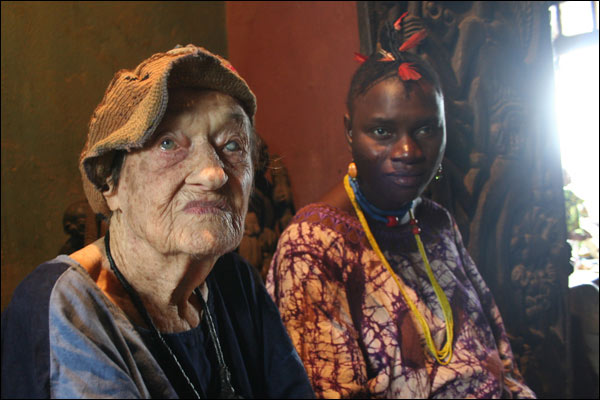
3. The White Priestess and Custodian
In the grand scheme of things, Susanne Wenger’s contribution is particularly noteworthy because, via her profound artistic talent and activism, she was able to understand and portray some of the nuanced aspects of Yoruba culture, which significantly increased the festival’s notoriety. She assisted in restoring several of the shrines that were in various states of ruin due to neglect as the guardian of the Sacred Grove of the Osun goddess on the banks of the Osun River in Oshogbo. Additionally, she was able to protect the forest surrounding the grove by making sure that it was sacrosanct and that no one was allowed to hunt or fish near the groves or cut down any trees. She passed away at the Our Lady of Fatima Catholic Hospital in Osogbo on January 12, 2009.
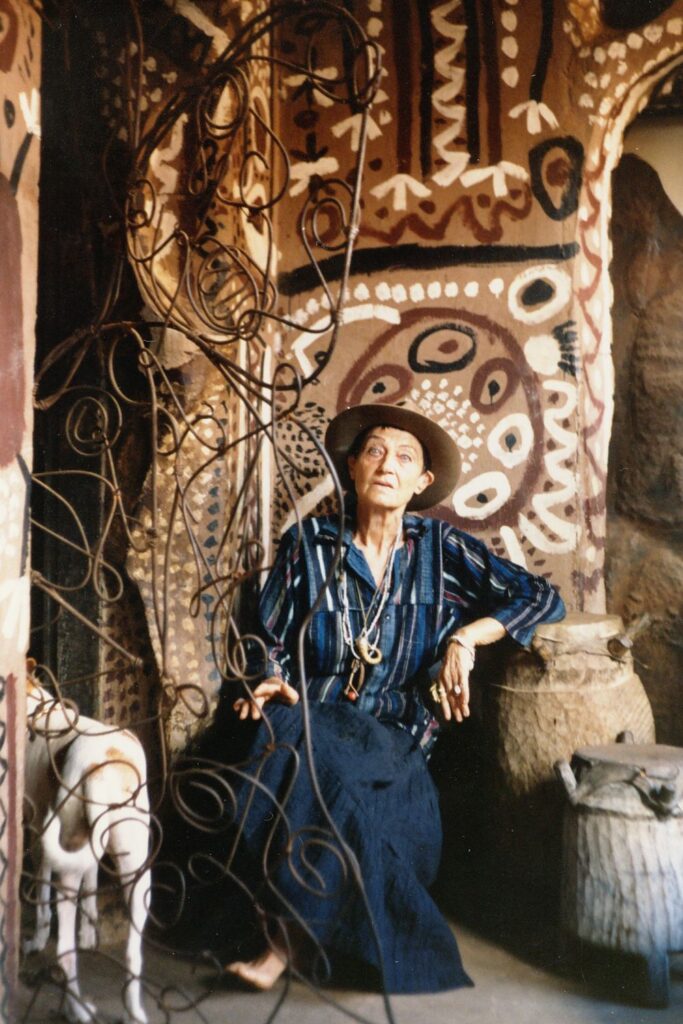
4. The Festival is an International Cultural Event
Numerous visitors from all over the world flock to Osun State, Nigeria, every August to take part in and attend the famed Osun-Osogbo Festival, which lasts for two weeks. It takes place at the revered Osun Grove, which was recognised by UNESCO as a World Heritage Site in 2005. Although a substantial portion of the attendees are Osun natives, the festival has evolved over the years into a gathering that draws tourists and visitors from around the globe.
The Osun-Osogbo festival is no longer a Yoruba or Osogbo traditional celebration; instead, individuals from Cuba, Brazil, Trinidad & Tobago, Jamaica, Spain, Canada, and the United States now attend. The yearly cultural event in Osogbo, Osun State, draws followers or worshippers of the Osun goddess from all over the world. The Ataoja of Osogbo, HRM Oba Jimoh Olanpekun Larooye II, the traditional ruler of Osogbo Town, the Nigerian Tourism Development Corporation (NTDC), which is the federal government’s representative, and the Osun State government all work together to make the annual event a tremendous success.
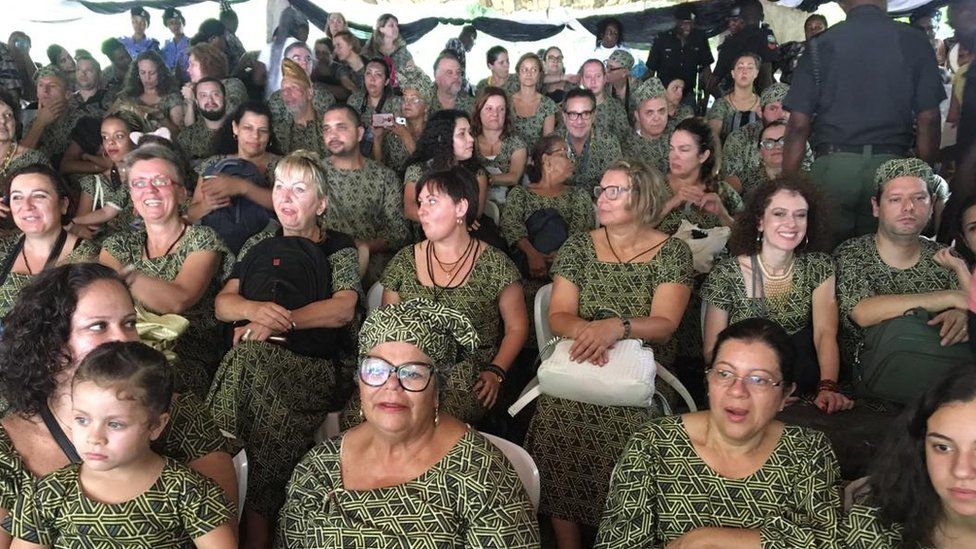
5. The Festival’s Duration and Events
Every August, the Osun-Osogbo festival is held. It typically lasts for two weeks. The event begins with Iwopopo, the customary purging of the town of evil, and three days later, a 600-year-old 16-point lamp called the Ina Olujumerindinlogun is lit. Following this is the Iboriade, a ceremony in which the current Ataoja of Osogbo, the Arugba, the Yeye Osun, and a panel of priestesses gather all the crowns of former monarchs or Ataojas for blessings.
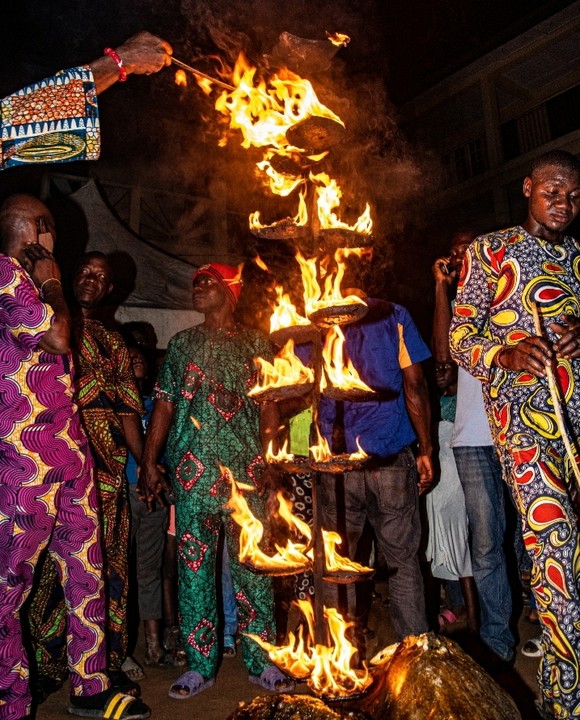
6. The Arugba
The Osun-Osogbo festival’s centrepiece is the Arugba (Calabash carrier). She is a votary virgin (a cultural representation of the Virgin Mary) who carries the Osun calabash on her head. The calabash holds offerings to the Osun goddess, or river, that are meant to be sacrificed in her honour. The Arugba is no longer just viewed as a virgin maid; rather, she is now revered as a goddess, and when she carries the calabash and moves on to guide the crowd to the river, people offer prayers to her and put all of their woes upon her.
The young daughter of the incumbent Ataoja of Osogbo is the present Arugba, Osuntomi Oyetunji. She succeeded Abolade Oyewale, who was revered for carrying the sacrifice calabash to the river deity for 10 years.
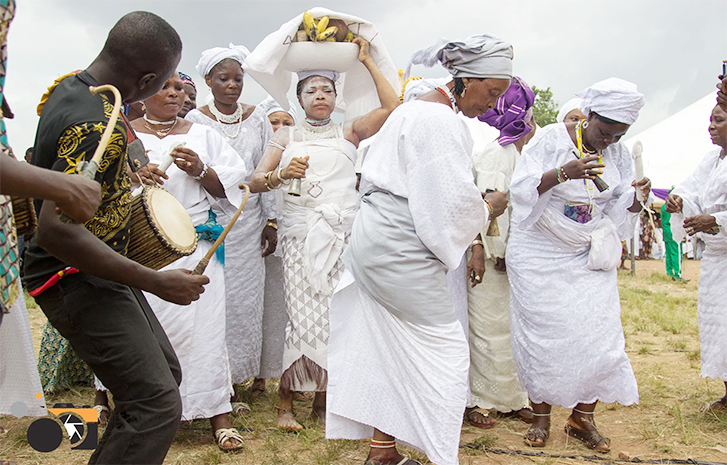
7. Beyond Offering Sacrifices
Never assume that the Osun-Osogbo festival is solely about making sacrifices in the Osun groves; it also includes a celebration of cultural activities. The celebrations are currently attended by a large number of business organisations and corporations, who take advantage of the occasion to promote their goods and services. You can observe branded automobiles, free t-shirts, and marketing-related company operations such as advertising and marketing for both new concepts and already-available goods.




